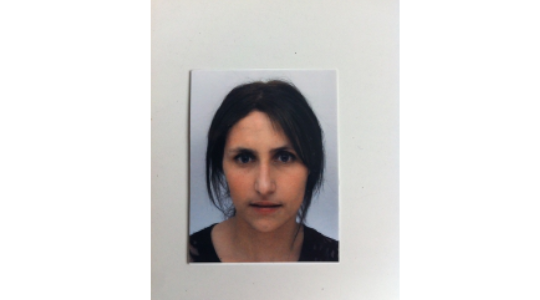Under the supervision of Bernard Lopez, team Genome stability and instability (SInG)
Abstract
Genome rearrangement is a hallmark of cancer and ageing. DNA double-strand breaks (DSBs) are highly toxic lesions that can generate genome rearrangements. Several pathways compete for DSB repair, and selection of the appropriate repair process is decisive for genetic stability. DSB repair act according to two steps: 1- the choice between nonhomologous end-joining (NHEJ) versus resection of DNA ends, generating single-stranded DNA (ssDNA); 2-on ssDNA, homologous recombination (HR) and sub-processes. Here we show that 53BP1, which plays a prime role at the first step by protecting against resection and fostering NHEJ, physically interacts with the catalytic subunits of the cAMP dependant protein kinase A (PKAcs). PKA favors the recruitment of 53BP1 at DNA damages sites, and consistently, prevents resection, favoring NHEJ. Inhibition of PKA stimulated resection and coherently reduces NHEJ. Reversely, activation of PKA with 8-Bromo-cAMP stimulate NHEJ and reduces HR. These data open new avenues for potential anticancer strategies. More generally, they underline the high complexity of the regulation of DSB repair, identifying PKA as a novel actor of the DNA damage response, acting at the choice of the DSB repair process, which might be essential for genome integrity maintenance.






